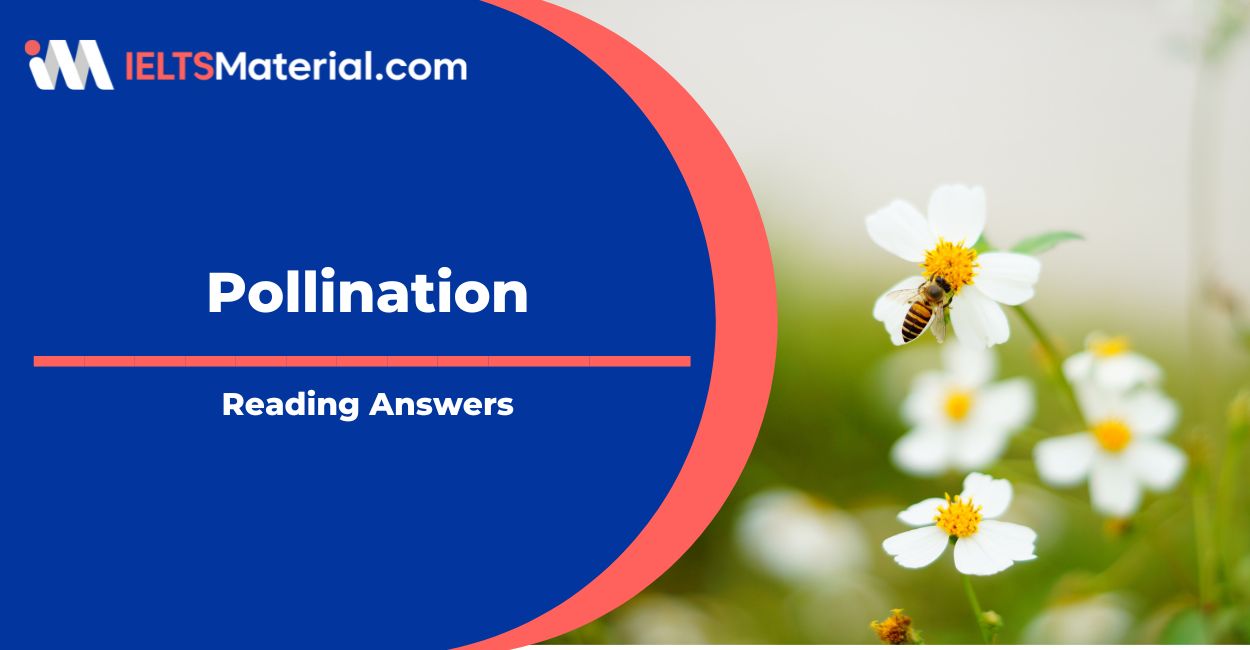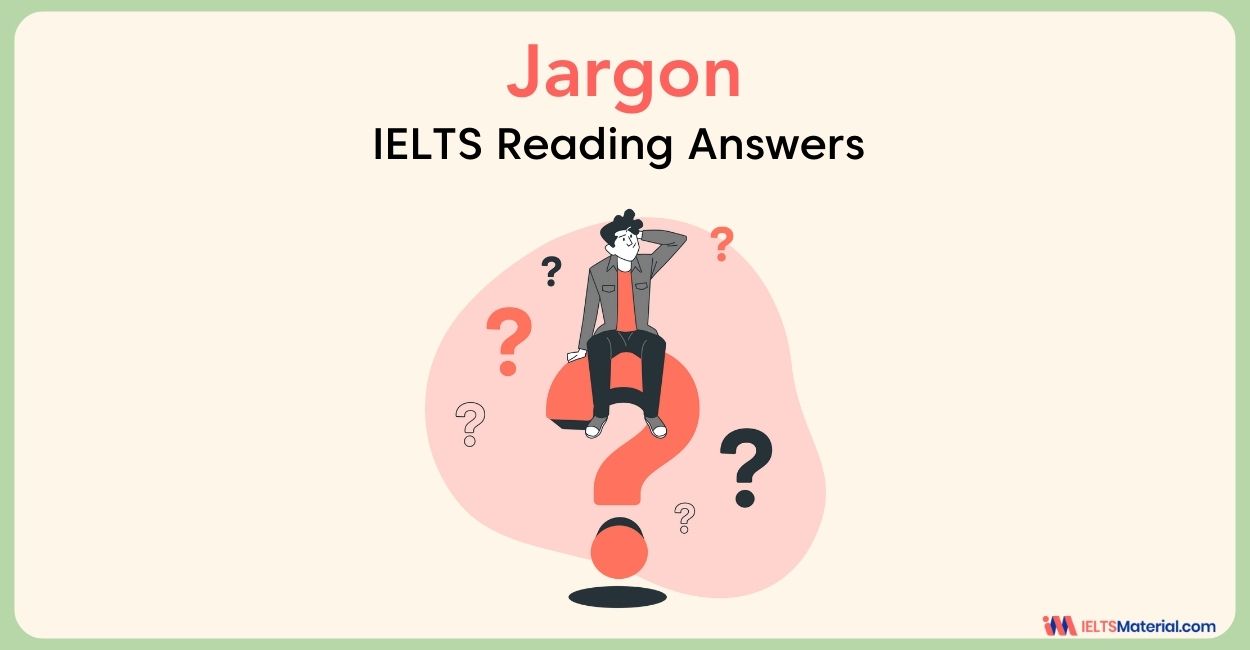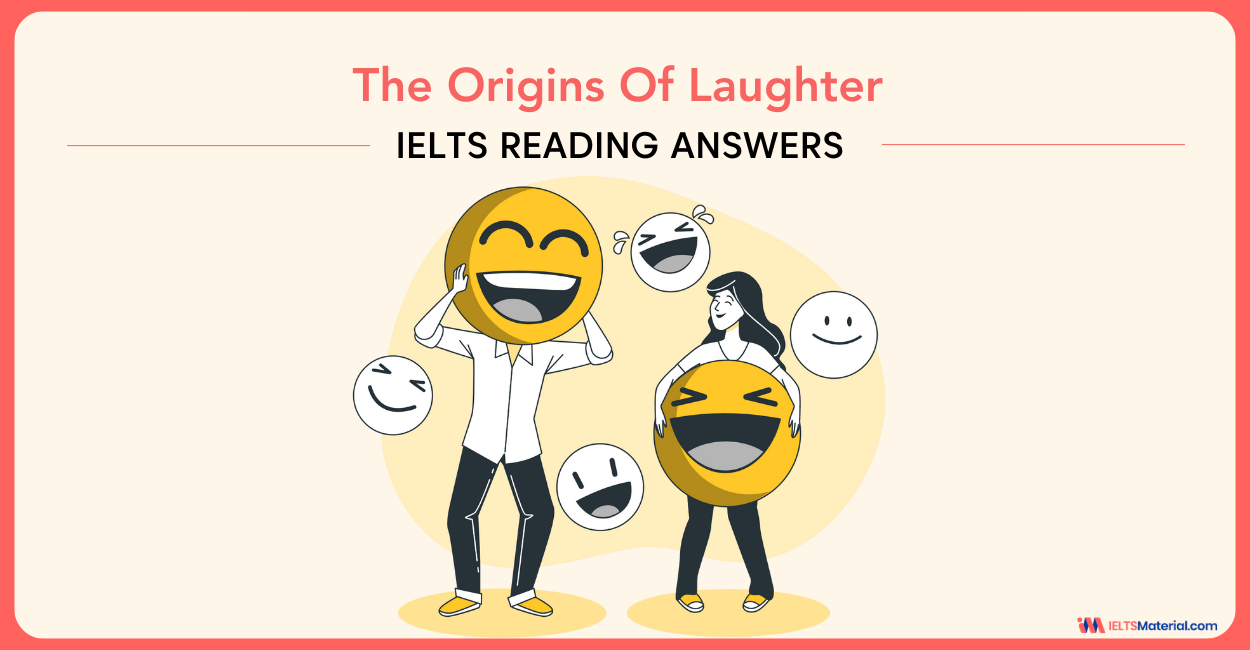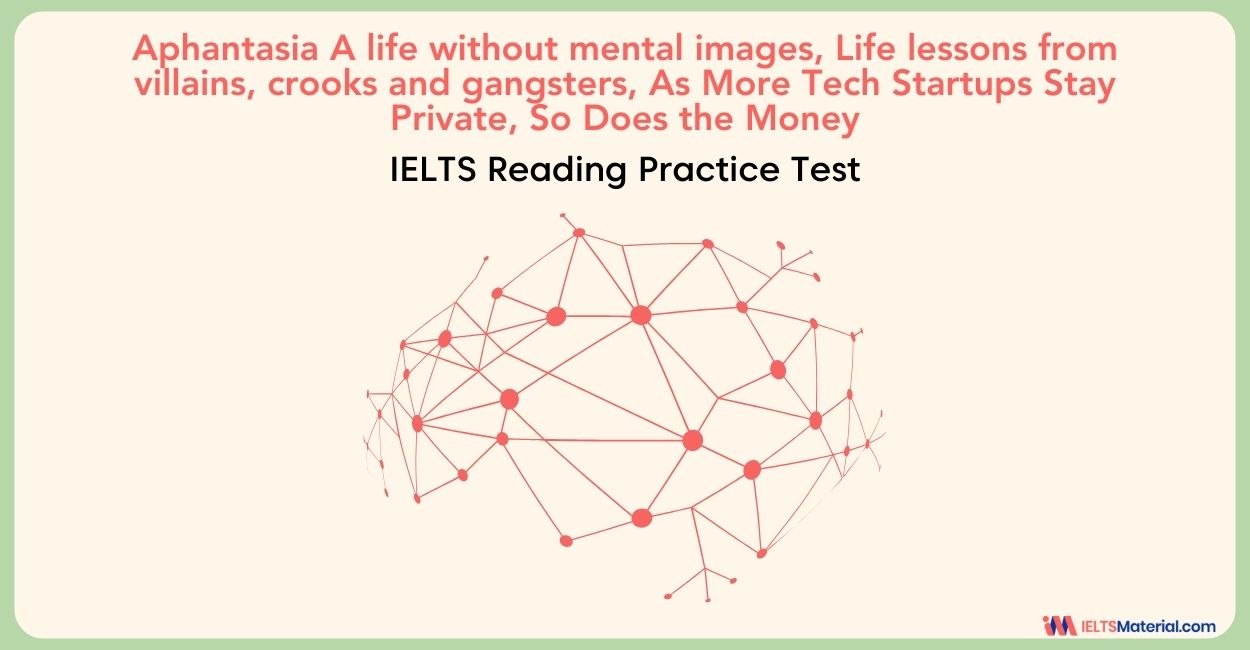National Cuisine and Tourism Reading Answers
Table of Contents

Limited-Time Offer : Access a FREE 10-Day IELTS Study Plan!
This article contains the National Cuisine and Tourism reading answers.
National Cuisine and Tourism is a real Reading test passage that appeared in the IELTS.
With diligent practice, the Reading Module can be the top-scoring category for IELTS Aspirants. To score well, you must understand how to approach and answer the different question types in the Reading Module.
By solving and reviewing Sample Reading Questions from past IELTS papers, you can ensure that your Reading skills are up to the mark. Take the practice test National Cuisine and Tourism below and try more IELTS reading practice tests from IELTSMaterial.com.
Not sure how to answer IELTS Reading Matching Information questions? Check out the video below for the latest tips and strategies!
For more Matching Information Questions practice, take a look at Matching Information IELTS Reading!
National Cuisine and Tourism
You should spend about 20 minutes on Questions 1-10, which are based on the Reading Passage below. Find the practice test with the National Cuisine and Tourism PDF here.
Answers
| Question number | Answer | Explanation |
|---|---|---|
| 1 | K | The beginning of paragraph 1 mentions that “agriculture dictates that every country should have a set of specific foods which are native to that country.” From the words ‘agriculture dictates that every country should have a set of specific foods’, we can infer that every country’s native food is, to a certain point, governed by its agriculture. Hence, the correct answer is ‘K.’ |
| 2 | G | In paragraph 1, there’s a line that states, “even allowing for the power of agricultural science, advances in food distribution and changes in food economics to alter the ethnocentric properties of food, it is still possible for a country to be famous for a particular food even if it is widely available elsewhere.” The term ethnocentric means believing that custom, and traditions of one’s own race or nationality are better than others. Therefore, from the aforementioned line, we can deduce that the economic and distribution factors can change the ethnocentric properties of food. Hence, the correct answer is ‘G.’ |
| 3 | F | In Paragraph 3, there’s a line where author Pierce claims that “Celebrating birthdays is a cultural practice not because everybody does it but because it has a religious meaning.” From the lines mentioned above, we can see that the author has directly answered the question that celebrating birthdays is a cultural practice not because it’s a trend but because it runs on a particular system of belief. Hence, the correct answer is ‘F.’ |
| 4 | J | The last few lines of Paragraph 3 conveys that “a constant, well-populated pattern of behavior is not necessarily cultural. However, it is also clear that a cultural practice needs behavioural reinforcement.” From the aforementioned lines, we can see that the author Pierce has directly mentioned that cultural practice is required to be supported by behaviour, for example, he compares drinking in pubs with eating ‘fish and chips’. Drinking in pubs is a cultural practice,as it is indicative of social fabric whereas eating fish and chips is just a national habit. This example confirms that cultural practice needs behavioural reinforcement. Hence, the correct answer is ‘J.’ |
| 5 | E | As per the 5th and the 6th line Paragraph, “in the British context, compare drinking in pubs with eating ‘fish and chips.’ Both are common practices, yet the former reflects something of the social fabric of the country.” From the words ‘yet the former reflects something of the social fabric’, we can infer that drinking in pubs in Britain is a reflection of the social fabric. Hence, the correct answer is ‘E.’ |
| 6 | D | The beginning lines of Paragraph 6 conveys “how homogeneous is national cuisine like language.” Moreover, “Just as in a language there are dialects so in a cuisine there are variations.” From the phrase ‘in a language there are dialects so in a cuisine there are variations,’ we can infer that language is the same as cuisine, that they both show a great deal of variety, and the link between language and cuisine is that both are diverse. Hence, the correct answer is ‘D.’ |
| 7 | B | The initial lines of Paragraph 3 convey, “the distinction made by Pierce between a behavioural contingency and a cultural contingency is crucial to our understanding of culture. Whilst a piece of behaviour may take place very often, involve a network of people and be reproducible by other networks who do not know each other, the meaning of the behavior does not go beyond the activity itself. A cultural practice, however, contains and represents ‘meta-contigencies’ that is, behavioural practice that have social meaning greater than the activity itself and which, by their nature reinforce the culture which houses them.” From the lines mentioned above, we can see the author Pierce has explained the significant difference between behaviour and cultural practice, where behavioural practice, for example, ‘eating fish and chips’ people of Britain do this, and other people who come there can also do it. As it is reproducible, while cultural practice has a social meaning which goes beyond the activity of behaviour and certain beliefs impose its nature. Hence, the correct answer is ‘B’. |
| 8 | D | According to Paragraph 8, “principal sources of diversity are, to an extent, influenced by the strength of their boundaries and the willingness of society to erode them. However, all these arguments mean nothing if the cuisine is not embedded in social culture. Riley argues that when cuisine is not embedded in social culture, it is susceptible to novelty and invasion by other cuisines.” We can deduce from that statement ‘when a cuisine is not embedded in social culture’ that author Riley implies that if the food is not firmly attached to the culture, it is prone to alteration via invasion. Hence, the correct answer is ‘D.’ |
| 9 | C | Paragraph 2 states that” the first relates food and eating to social relationships, (Finkelstein, Visor, Wood), and the second establishes food as a reflection of the distribution of power with social structures (Mennell).” From the lines mentioned above, we can see that Mennell claims that food also reveals distribution of power in the society. Hence, the correct answer is ‘C.’ |
| 10 | A | In Paragraph 4, Finkelstein argues “that ‘dining out’ is simply’ action which supports a surface life.’ For him, it is the word ‘out’ that disconnects food from culture. This view of culture and food places the ‘home’ as the cultural centre.” Therefore, it is Finkelstein who claims that the link between culture and eating outside the home is not strong. Hence, the correct answer is ‘A.’ |
Check More IELTS Reading Answers
Also check :
Practice IELTS Reading based on question types

Start Preparing for IELTS: Get Your 10-Day Study Plan Today!
Explore other Reading Topics

Janice Thompson

Janice Thompson

Nehasri Ravishenbagam

Kasturika Samanta
Recent Articles

Kasturika Samanta

Janice Thompson

Kasturika Samanta





Post your Comments